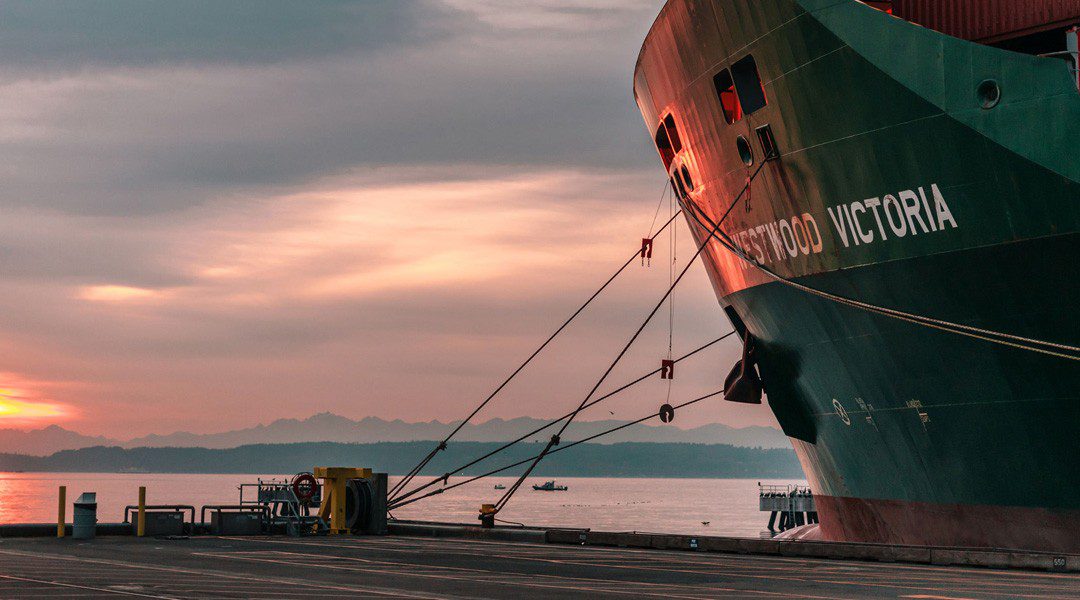 Prof MacIsaac: Consider including the variety of invasive species to regulations (source: MacIsaac)
Prof MacIsaac: Consider including the variety of invasive species to regulations (source: MacIsaac)
The University of Windsor, Canada’s Professor Hugh MacIsaac has presented research showing the new regulations for ballast water did not consider species diversity
In a recent online presentation, Prof explained how the current ballast water management standards, primarily focusing on ‘community propagule pressure’ – essentially the number of organisms released into non-native waters – have served as a cornerstone of International Maritime Organization’s (IMO) strategy against the introduction of invasive species.
However, recent scientific insights, including those presented by Prof MacIsaac and colleagues, revealed a second key predictor of invasions – colonisation pressure – the variety of species introduced into ecosystems, was not considered.
Propagule pressure is a well-researched area with significant data supporting its impact on invasion success of individual species.It considers the number of individuals introduced and the frequency of introduction events. In contrast, colonisation pressure, a relatively underexplored concept in ecological studies, examines the number of species introduced.
Prof MacIsaac’s research highlights the importance of this distinction, “Increasing the diversity of species introduced substantially heightens the risk of successful establishment, thereby magnifying the potential invasion risk,” he noted during the webinar.
The prevailing IMO regulations prioritise controlling the quantity of viable organisms via ballast water, with treatments aimed at reducing these numbers to minimise the risk of invasive species thriving in new environments. The standards applicable to non-microbial species are group-based and consider collective abundance, or community propagule pressure – which is not treated in the ecological literature.
However, these measures do not adequately address the risks posed by the variety of species (colonisation pressure) transported across the seas.This oversight can lead to ecological surprises, where the combined effect of different species may lead to unforeseen, and often more severe, environmental impacts. For example, a compliant zooplankton sample with 100 species each present at 0.1 ind m-3 would pose a considerably higher invasion risk than a sample of 1 species at ind m-3.
Prof MacIsaac pointed out studies, like the ones conducted in the Great Lakes, show ensuring invasion pathways (vectors) work to reduce the number of non-native species introduced. This leads to fewer invasions and fewer established species that can disrupt local marine biodiversity, often altering habitats and affecting the food chain. He explains, “Our findings suggest the risk of an invasive species establishing increases more with the number of species introduced than by the number of individuals introduced in the propagule pressure zone covered by IMO D-2 regulations.”
Prof MacIsaac pointed out forthcoming regulations, such the D-2 standard in September 2024, that address community propagule pressure will be helpful because they unwittingly but simultaneously also reduce colonisation pressure.
Two recent studies provide initial assessments of the effectiveness of ballast water management (treatment) systems on operational vessels in Canada and Shanghai, China. Both studies revealed a failure rate of approximately 50% despite using certified systems. Prof MacIsaac stressed that “a pressing need exists for more data from more countries to allow researchers to determine why some systems fail”.
“We think consideration of both propagule and colonisation pressures can better protect our marine environments from the ongoing threat of invasive species,” concluded Prof MacIsaac. He is optimistic that global invasion rates will fall if systems operate as designed.
The UN’s Kunming-Montreal Global Biodiversity Framework calls for a 50% reduction in new invasions by 2030, a goal already met with ballast water management on the Great Lakes. Effective treatment of ballast water can extend this success across the globe.
Prof MacIsaac was speaking as part of the Cooperative Institute for Great Lakes Research Great Lakes seminar series, available here.
Sign up for Riviera’s series of technical and operational webinars and conferences:





